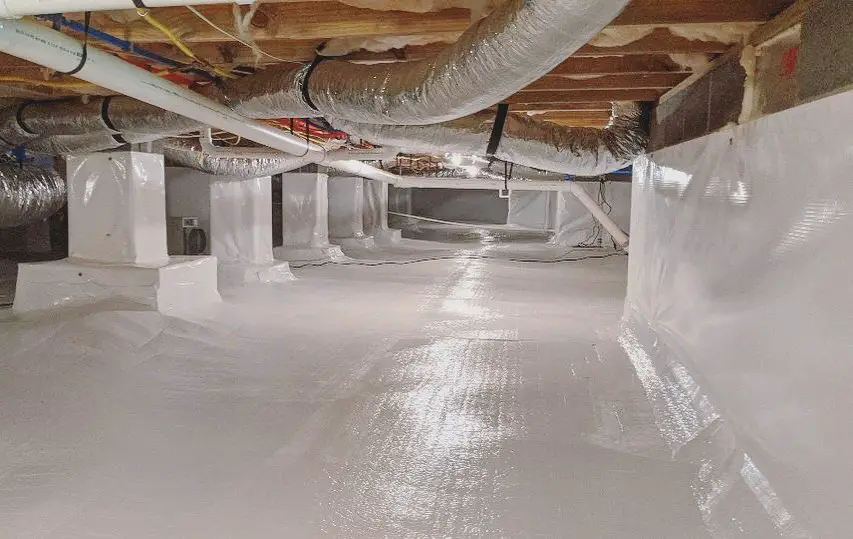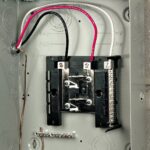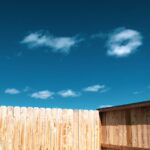With winter just around the corner, you may be considering getting a head start in keeping your home safe and comfortable.
Some homeowners prefer sealing off crawl space vents all year to prevent elements in the summer, heat loss in the winter, and moisture build-up that could lead to mold growth.
Others, however, prefer opening and closing the crawl space vents with seasons. But is there such a thing as a “right or wrong answer” when it comes to vented vs. unvented crawl space?
Table of Contents
Vented Vs Unvented Crawl Space
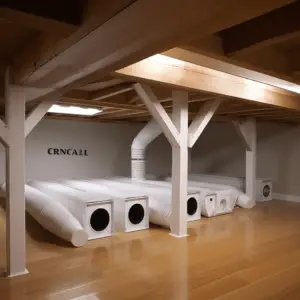
As air rises in your home, it moves together with the air that was previously in the crawlspace. This includes moisture, mold spores, and anything else that may be airborne down there.
As this air moves upwards, replacement air is drawn through the vents. This replacement air consists of unconditioned air that enters through vents and other leaks. The resultant natural upward air movement is referred to as the stack effect- just like how a chimney works.
That means whatever is in the air at the lowest point of your home eventually streams up into the living space. Nearly half of the air homeowners breathe on the first floor comes from the crawl spaces.
Crawl Spaces Explained
Consequently, a dirt crawl space with open crawl space vents is a never-ending source of moisture. Even when the dirt surface appears to be dry, digging down a couple of inches uncovers moist air which is constantly released into the crawl space.
Moisture leads to mold growth, musty odors, and eventually structural damage, not forgetting that insects and elements love moist environments. Moisture also leads to increased energy costs as it ruins houses by creating a hospitable environment for mold and insects and other fungi.
Three things that destroy organic materials such as wood or insulation are water/high relative humidity, heat, and ultra radiation. Among these, water is said to be the most damaging.
Seal Off Crawl Space vents
However, closing your crawl space and removing moisture from the ground and air can help keep it mold- and insect-free. This can improve home energy efficiency and wellness.
To avoid moisture damage, a crawlspace should be enclosed and isolated from the earth and humid outside air. An excellent crawl space vapor barrier technology reduces crawl space humidity.
This requires attaching a 20-mil 7-ply sandwich of high- and low-density polyethylene with polyester-cord reinforcement to the dirt floor and wall. The reinforcing lining should be antimicrobial to prevent mold and mildew under the crawl space liner.
Sometimes a crawl area needs a high-performance dehumidifier air filtering machine to keep humidity below 50%. Check with your HVAC contractor to ensure crawl space venting is adequate.
Open and Closed Crawl Space Vents Seasonably
The next option is to open and close crawlspace vents seasonably. Building codes usually require working vents in the crawlspace so that outside air can circulate under the floor in the summer to prevent moisture build-up.
During winter when the air is drier, the vents are closed to minimize the chances that the pipes in the crawlspace might freeze. So another answer is to open and close the crawl space seasonably, rather than sealing off the vents altogether.
How to Open and Close Crawlspace Vents
If you choose to not seal off crawl space vents year-round, the easiest way to close your crawl space vents for the winters is to plug them from the outside with foam blocks made purposely for crawl spaces. Then remember to remove the plugs when the weather turns milder in the spring.
As you do so, make sure that the crawl space vents screens are intact to prevent insects and rodents from making nests under your home. You could also decide to go with automatic vents, which are meant to work without electricity. These types of vents open at approximately 70 degrees and close at about 40 degrees.
Vented to Unvented Crawl Space Crawl Space
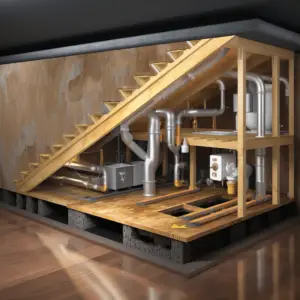
When converting a vented crawl space to an unvented crawl space, all of the vent openings, air sealing as well as insulation are installed at the exterior walls rather than at the outside of the floor above.
That means the crawl space becomes part of the conditioned space of the home. This creates a temperature space for heating and cooling equipment and even ductwork located in the crawl space. That means it will last longer and operate more efficiently.
As mentioned before, sealing off the vents, insulating the walls, and covering the ground with a vapor barrier that extends to the wall also helps to reduce potential moisture problems by keeping out humid outside air as well as moisture vapor from the ground.
How to Deal with Moisture or Mold in the Crawlspace
If you’re experiencing mold in your crawlspace, there are various approaches you can look into for dealing with the problem. Some of these solutions are as simple as installing a crawl space vapor barrier, maintaining the grade of your landscaping, or properly guttering rainwater away from the property.
Besides, there are different types of insulation you can consider. For instance, you can insulate your unvented encapsulated crawl space with closed cell spray foam. It performs as a moisture barrier when applied to at least 1-1 ½” thickness.
You can also go with fiberglass insulation, which is suitable largely for vented crawl spaces. Fiberglass batt or roll insulation is the most traditional method, but it’s a cost-effective way to insulate your property. Having that said, a crawl space service expert may be necessary to help fix the issue.
